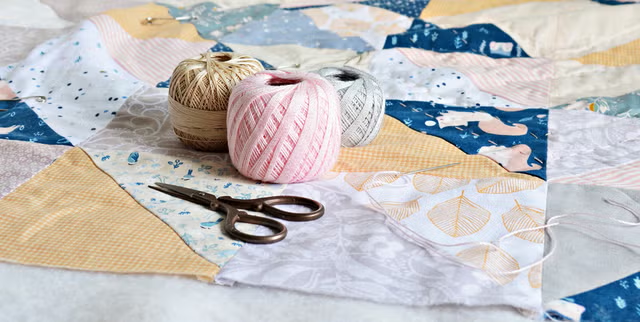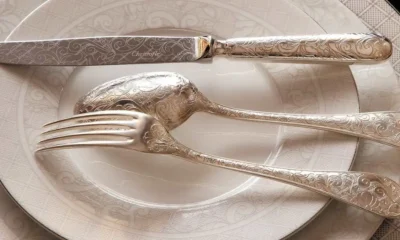FASHION
How to Choose the Best Fabrics for Your Quilting Style

Quilting is a creative journey where fabric selection plays a vital role in bringing your vision to life. The fabrics you choose not only influence the look of your quilt but also its texture, durability, and functionality. Whether you’re drawn to traditional patchwork or modern minimalist designs, selecting the right fabrics for your quilting style can make all the difference. Here’s how to choose fabrics that perfectly complement your quilting aesthetic.
1. Define Your Quilting Style
Before diving into fabric selection, identify your quilting style. Are you inspired by the rich patterns of traditional quilts, or do you lean toward bold, contemporary designs? Understanding your preferences helps narrow down your options and ensures your fabric choices align with your creative vision.
- Traditional Quilts: Opt for fabrics with classic patterns like florals, paisleys, and small geometrics. Calicos and reproduction prints that mimic historical styles work beautifully in heritage quilts.
- Modern Quilts: Look for bold solids, abstract prints, and large-scale patterns. Modern quilts often emphasize clean lines and negative space, so minimalistic fabrics in neutral or vibrant colors are ideal.
- Art Quilts: For quilters who see their creations as art pieces, experimental fabrics like batiks, hand-dyed textiles, or metallic accents can add a unique touch.
2. Consider Fabric Quality
The quality of the fabric affects the durability and longevity of your quilt. Look for quilting fabrics made from 100% cotton, which is soft, breathable, and easy to sew. High-quality cotton fabrics are tightly woven, making them less prone to fraying and shrinking.
Test the fabric’s feel by running your fingers over it; it should feel smooth and substantial. Avoid fabrics that are overly stiff or flimsy, as these can be difficult to work with and may not hold up well over time.
3. Pay Attention to Color and Pattern
Color is one of the most important elements in quilting. Start with a primary fabric that sets the tone for your quilt, then build a color palette around it. Use the color wheel as a guide to select complementary, analogous, or monochromatic hues.
Mixing patterns can add depth and interest to your quilt, but balance is key. Combine large-scale prints with smaller patterns and incorporate solids or tone-on-tone fabrics to create visual harmony. For example, pair a bold floral print with a subtle stripe and a coordinating solid for a cohesive design.
4. Match Fabric Weight to Your Project
Fabric weight affects the feel and drape of your quilt. Standard quilting cotton is versatile and suitable for most projects. For added texture or warmth, consider flannels, linens, or even denim for specific areas of your quilt. Ensure all fabrics are of similar weight to maintain consistency in your design.
5. Test and Plan
Before committing to your fabric choices, lay out swatches to see how they work together. Many quilters use design walls or digital tools to experiment with layouts and combinations. Pre-washing fabrics is also essential to prevent shrinkage and color bleeding.
Conclusion
Choosing the best fabrics for your quilting style is a creative process that requires thought and planning. By understanding your aesthetic, focusing on quality, and carefully balancing colors and patterns, you can create quilts that truly reflect your vision. With the right fabrics in hand, your quilting journey becomes an exciting expression of artistry and craftsmanship.
-

 GENERAL3 months ago
GENERAL3 months agoUncovering the World of кинокрадко: The Dark Side of Film Piracy
-

 GENERAL1 month ago
GENERAL1 month agoUnveiling the Art of преводсч: How Translators Bridge Language Barriers
-

 GENERAL4 weeks ago
GENERAL4 weeks agoChristofle – For Those Who Dream of Family Heirloom Silver
-

 YOGA1 year ago
YOGA1 year ago4 Person Yoga Poses for Beginners























